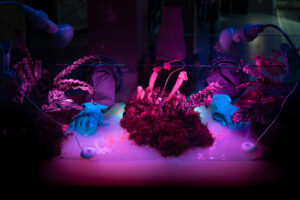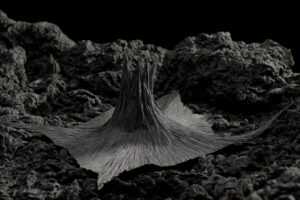Science (De)constructed is an invitation to explore how human knowledge—be it scientific, artistic, or historical—is constructed, deconstructed, and reconstructed. Organised by Ohme, this exhibition takes place in the Archives of the City of Brussels, a symbolic venue to question memory, transmission, and the preservation of knowledge.
The exhibition adopts a critical and transdisciplinary approach to scientific research processes and the mechanisms that shape our individual and collective understanding. It examines the methods, tools, and biases involved in the acquisition and dissemination of knowledge, while reflecting on the fragility, plurality, and subjectivity of human truths.
With:
Allon Bar | Athanasia Symeonidou | Axel Cleeremans | Barbara Truffin | Bavo Van Kerrebroeck | Brenda Bikoko | City Sling VR Experience | Doubt My Sciences | Emmanuelle Danblon | Eric Muraille | Félix Devaux & Léonie Lefere | Henri Broch | Ida Wilot Maus & Barbera Ramallo | Jean-Paul Van Bendegem | José Luis Wolfs | Le Faux Soir | Louise Charlier & William Denis | Maarten Boudry | Marius Gilbert | Mathilde Boussange | Olivier Sartenaer | Philippe Braquenier | Quentin Hiernaux & Sophia Baidouri, Hanson Kim, Messane Van Praet, Loup Bellem | Raoul Sommeillier & Cécile Cuny | Science VR | Stéphanie Roland | Thibaut Giraud | Yannick Jacquet, Bots Conspiracy & Ohme









